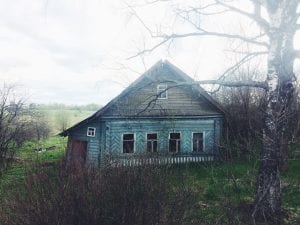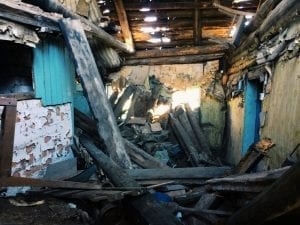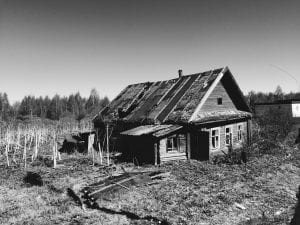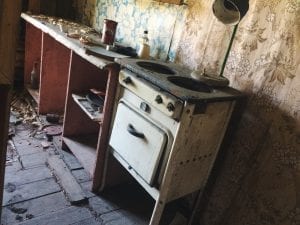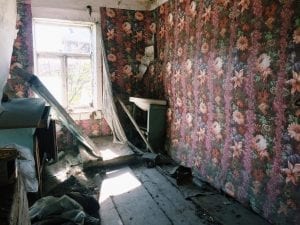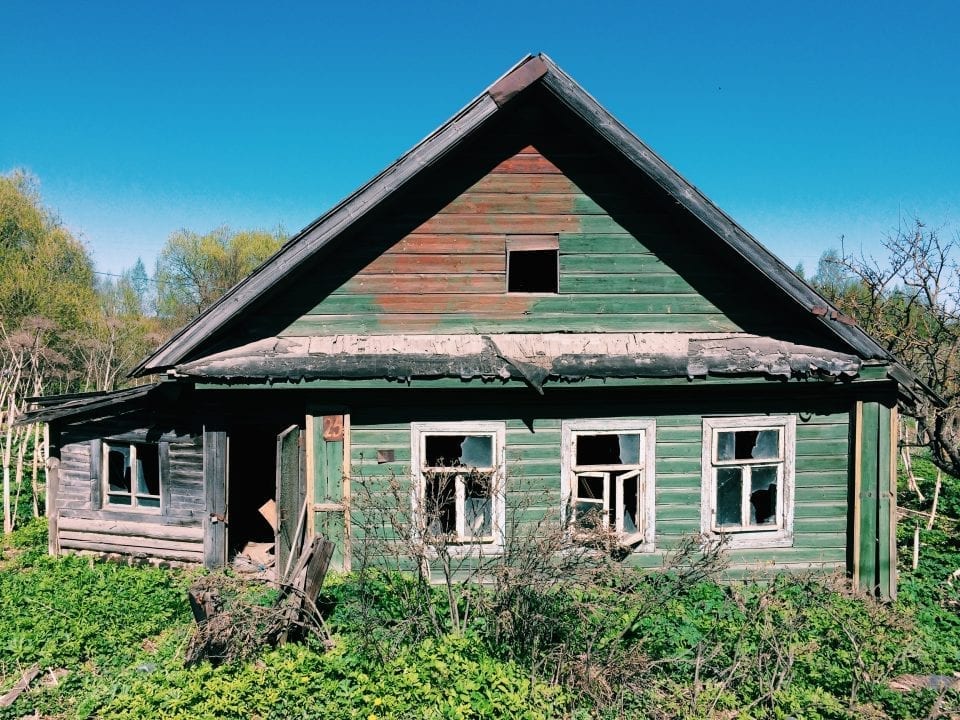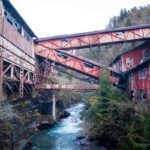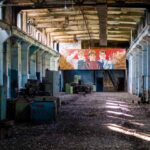Leningradskoe shosse, the Moscow-St. Petersburg route, some of us have already done this road, but never even thought what is hidden between these most beautiful cities of Russia. And between them – real Russia: poor, half abandoned, hardly trying to survive.
You start to know this one time, when you instead of taking train or bus, come on the road and pull out the thumb of your right hand and start hitchhiking. Now you can stop wherever you want, you can return, speak with locals, and even set the tent in some beautiful fields.
Real Russia starts already in 100 km from Moscow. Here babuskas selling their goods to drivers, here birches, primordially Russian trees, and here Izbas, a traditional Russian countryside dwelling. Last of them were abandoned, and about them we will write.
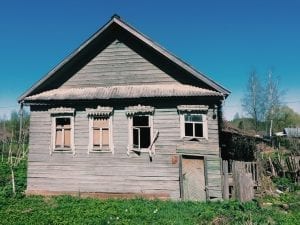
Firstly on the road we have met the first Izba, so much beautiful that I immediately wanted to jump out from the car. But,…patience. And not in vain! After 10 minutes new Izbas and much more! Soon after six hours of the ride I already have counted maybe 50 abandoned Izbas.
And then…long-awaited stop – we immediately ran into one of the Izbas. The roof collapsed, the floors in some places also, where there were some similarities of the floors – we walked by them inside. What was there – a real Russian oven, and the remains of everyday life. Somewhere layed a portrait of Lenin, somewhere – bottles. There were chairs, woven baskets, jars, bottles… All this is the remnants of that past, which we have never seen.
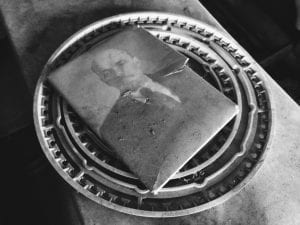
It was a pity for me to see all these abandoned villages. It seems like this part of Russian culture will soon disappear. But less philosophy – more photos!
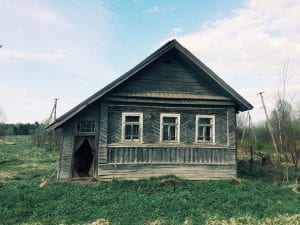

Some numbers. In Russia, the process of resettlement of people from villages to larger rural municipalities or to cities has increased over the past 30 years. Now the number of desolate villages is approaching the 30,000 mark. The main reason for this – the search for a better life; because in villages a person very rarely can have a good salary.
So gradually there comes such a time when the shops on wheels no longer come to the depopulated villages, rural post offices are closed, mobile libraries also become the part of the history. So gradually the village ceases to exist.
